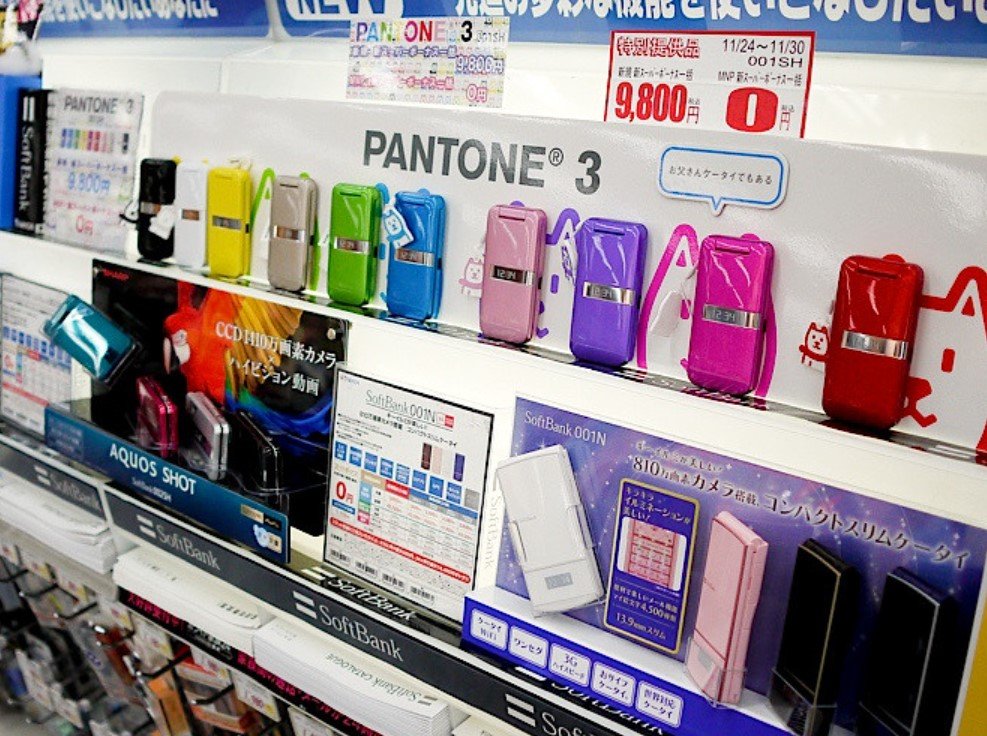The electronics retail sector in Finland is facing significant challenges due to increasing consumer cautiousness. Over the past three years, sluggish demand has led to staff reductions, store closures, and even bankruptcies among electronics and home appliance retailers. This trend has been exacerbated by rising costs and fierce price competition, which have eroded profitability. As retailers struggle to adapt, the future of the sector remains uncertain, with many hoping for a recovery in consumer confidence and spending.

Struggles of the Electronics Retail Sector
The Finnish electronics retail sector has been grappling with declining sales and profitability for several years. The downturn began in 2022 and has continued unabated, leading to significant financial strain on retailers. Companies like Verkkokauppa.com have had to initiate consultative negotiations to cut costs, resulting in layoffs and organizational restructuring.
The competitive landscape has become increasingly brutal, with shrinking margins and rising operational costs. Retailers are forced to offer steep discounts to attract customers, further squeezing their profits. The bankruptcy of JH Caps, which operated several Gigantti franchise stores, is a stark example of the sector’s struggles. These closures have left gaps in the market, affecting both employees and consumers.
Despite these challenges, some retailers are trying to innovate and adapt. For instance, Verkkokauppa.com is exploring new strategies to boost sales and improve efficiency. However, the overall market sentiment remains cautious, with many consumers delaying purchases due to economic uncertainty.
Impact on Employment and Store Operations
The financial difficulties faced by electronics retailers have had a direct impact on employment and store operations. Numerous retailers have been forced to reduce their workforce to cut costs. Verkkokauppa.com, for example, recently announced plans to lay off up to 45 employees as part of its cost-saving measures.
Store closures have also become more common. The bankruptcy of Hifistudio Helsinki, a long-standing retailer of audio equipment and entertainment electronics, highlights the severity of the situation. While some Hifistudio shops in other parts of Finland continue to operate independently, the closure of the Helsinki store marks the end of an era.
These developments have not only affected employees but also consumers who rely on these stores for their electronics needs. The reduction in the number of physical stores limits consumer access to products and services, potentially driving more people to online shopping. However, even online retailers are feeling the pinch, as evidenced by Verkkokauppa.com’s downgraded revenue and profit expectations for the year.
Future Outlook and Potential Recovery
The future of Finland’s electronics retail sector remains uncertain. Analysts predict that the market environment may not improve until the second half of 2025. The sector’s recovery will largely depend on a rebound in consumer confidence and spending. Major sporting events and other factors that drive consumer electronics sales could provide temporary boosts, but sustained growth will require broader economic stability.
Retailers are exploring various strategies to navigate these challenging times. Innovations in product offerings, enhanced customer service, and strategic partnerships could help attract and retain customers. Additionally, leveraging data analytics to understand consumer behavior and preferences can enable retailers to tailor their offerings more effectively.
Government support and economic policies will also play a crucial role in the sector’s recovery. Measures to boost consumer confidence and spending, along with support for businesses facing financial difficulties, could help stabilize the market. As the sector adapts to the new normal, collaboration between retailers, policymakers, and other stakeholders will be essential to drive recovery and growth.
In conclusion, the electronics retail sector in Finland is facing significant challenges due to consumer cautiousness and economic uncertainty. While the road to recovery may be long and arduous, strategic innovations and supportive policies can help retailers navigate these turbulent times. The resilience and adaptability of the sector will be key to overcoming the current challenges and emerging stronger in the future.
















